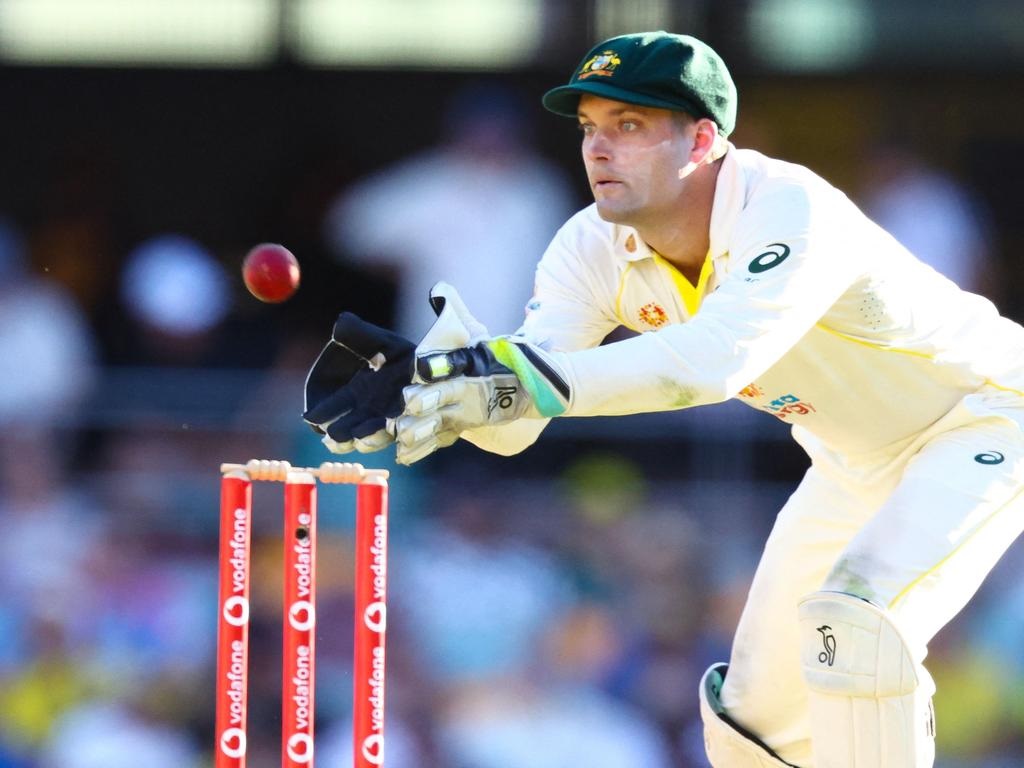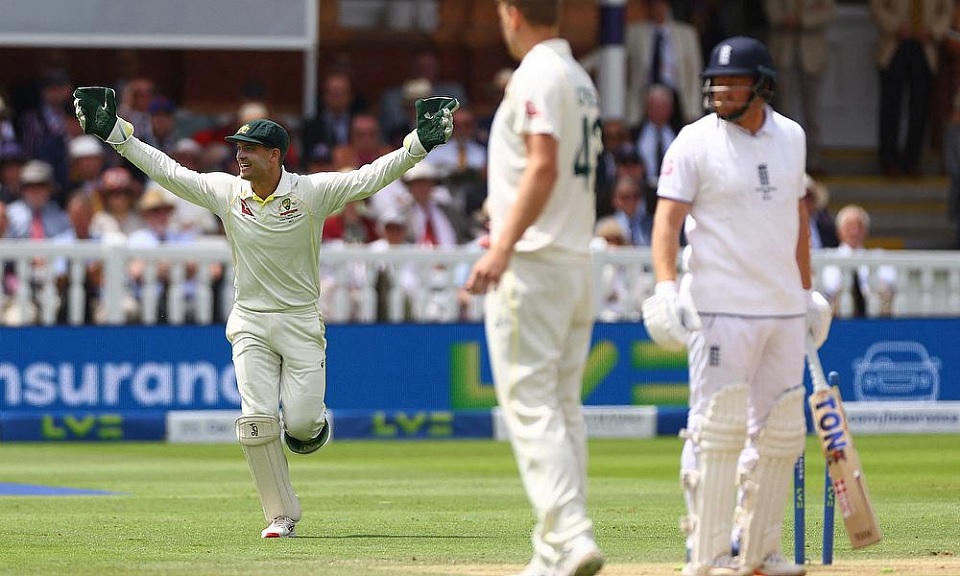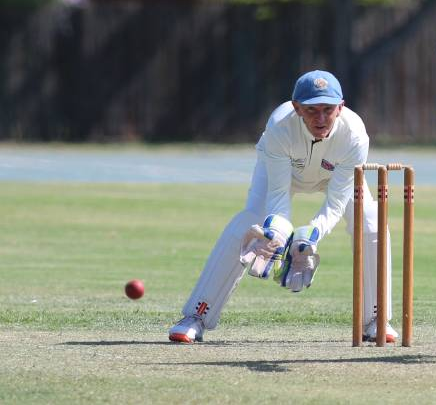4 months ago


It’s intriguing to note Cricket Australia’s approach to player participation in BBL14 following the demanding five-Test series against India.

Paul Ryan
Founder
Sydney, New South Wales, Australia
502 Likes
513 Followers
513 Followers

It’s intriguing to note Cricket Australia’s approach to player participation in BBL14 following the demanding five-Test series against India.
Scott Boland, Pat Cummins, Josh Hazlewood, Travis Head, Nathan Lyon, and Mitchell Starc will not feature in the tournament, while Steve Smith is set to play three games, and Usman Khawaja and Marnus Labuschagne just one each.
Interestingly, Alex Carey—Australia’s wicketkeeper who was involved in every single ball while the team was in the field during the five Tests—is available to play all remaining games for the Adelaide Strikers.
Keepers, keep on keeping strong!
Read More















